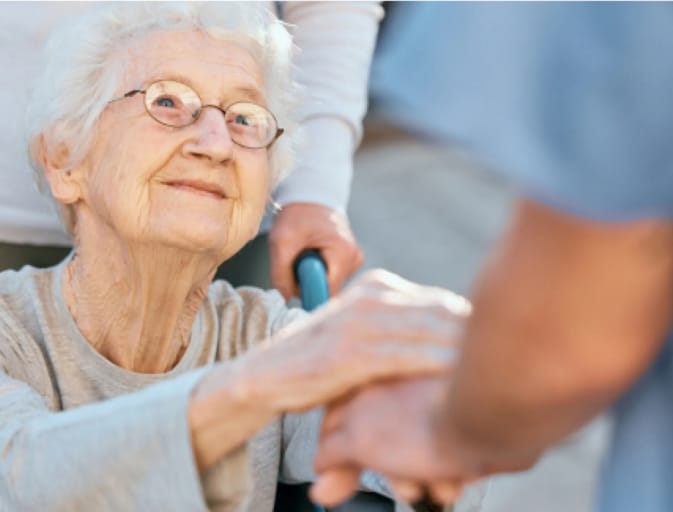A common question families have following their loved one’s recovery is “How do I keep my mom/dad active”? It is often we find our patients sedentary when initially transitioning their recovery to home from either the hospital or nursing home. Not only is this unhealthy and can prolong recovery and progress, it can also be very frustrating to tackle. This can be especially true when mom or dad are limited in their mobility and functions. Working with a skilled therapy team is the quickest solution, as it will take the collaborative efforts of the family and therapy team to draw out a plan of action, including a Home Exercise Program customized specially for them.
How will being sedentary affect my parents?
When people become sedentary for long periods there are three major areas that become affected: Mood, cognition, and endurance. Unfortunately it is as the saying goes “you don’t use it, you lose it”. If a patient is found to be sedentary for prolonged periods, it becomes evident at first through their mood, as they become increasingly frustrated with their lack of stimulus and engagement with people and their environment. This can become even more problematic when patients become depressed, as it can affect the cognition of both a healthy minded individual as well as those with diagnosis such as dementia and alzheimers. A patient whose prior levels of function included walking around the neighborhood or even just within their home and then becomes routinely sedentary due to a fall, endurance is usually compromised, having them struggle to find the energy to even care for themselves. Oftentimes it is also a debilitating fear of falling that can promote inactivity. An all too common worst case is when a patient is sedentary to the point that they do not even move to shift or adjust themselves, can develop decubitus ulcers, also known as bed sores. Ideally activities will encompass the engagement of both mind and body to keep the patient active, promoting their rehabilitation while also engaging their interests.
But my parent just does not want to engage
This is an all too common response heard from families when discussing keeping the patient active. It is important to remember everyone has their unique interests and preferences, why it is so imperative to work together with a skilled therapy team. Every person has something that sparks that light in their eye and motivates them to engage and participate. Sometimes when the deficits are due to cognition, rather than biomechanical, the patients confused state may keep them sedentary and disengaged. A prime example of how interests can motivate engagement is by looking at rote activities. Rote activities are those which the patient is familiar with due to consistency and repetition performed in their youth, however can be activities of frequent engagement picked up in adulthood, such as knitting or baking. To give an example of swapping out activities that would promote rehabilitation as well as engagement would be if your parent had incurred a shoulder injury, however was troublesome in following up with range of motion exercises, they could be redirected to participate in something like meal preparation, rolling lemons for a dressing, or even pressing out dough for baking. Sometimes it can be as simple as putting things further away from them to promote weight shifting in order to reach, or crossing midline by placing the tv remote on the affected side of a stroke patient. There are so many little tips and tricks your therapist can recommend to facilitate engagement and promote an active mind and increase mobility.


